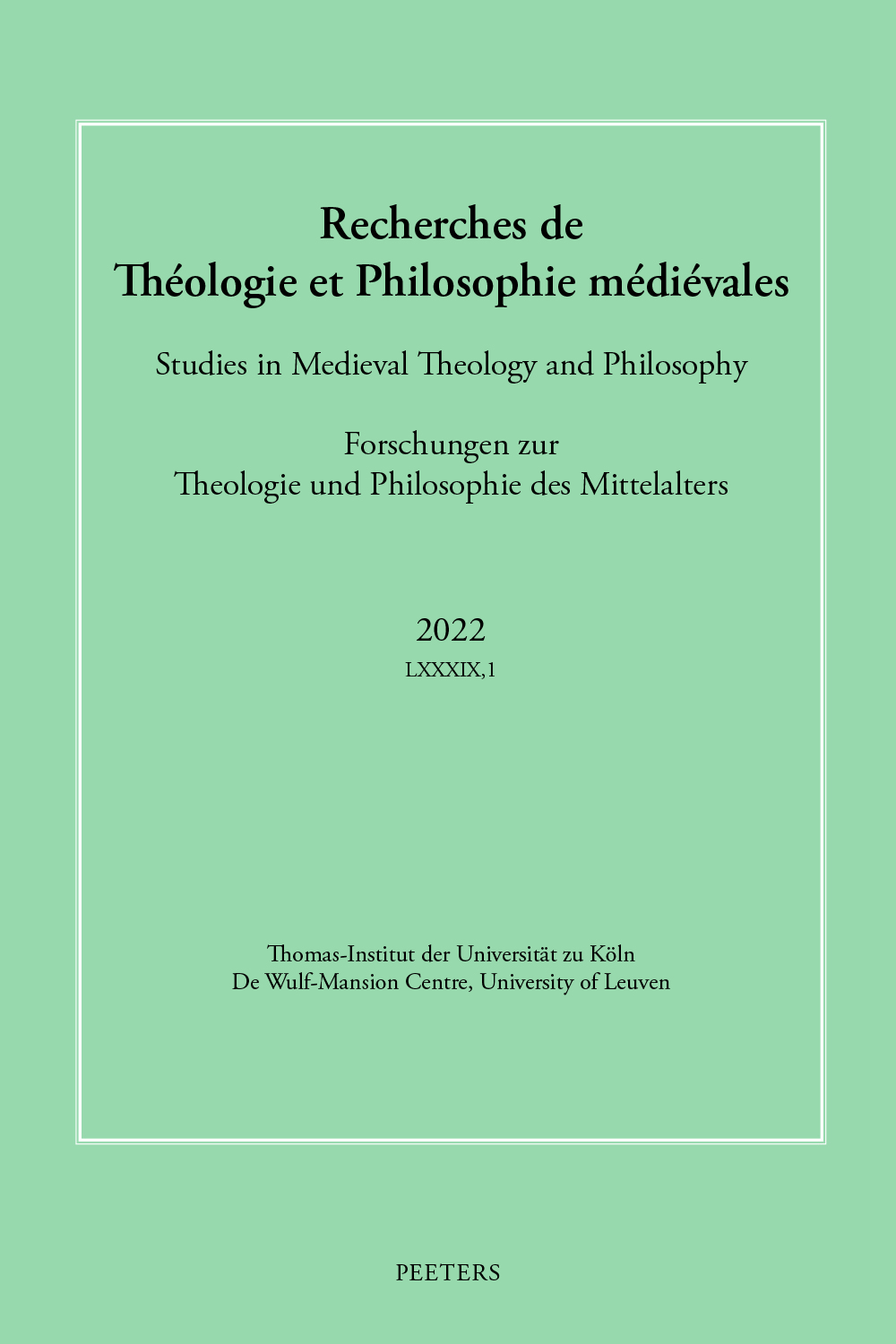 previous article in this issue previous article in this issue | next article in this issue  |

Preview first page |
Document Details : Title: Cantus cygnorum Subtitle: Ein klassischer Topos und seine Aufarbeitung in der mittelalterlichen und neuzeitlichen Zoologie Author(s): ROLING, Bernd Journal: Recherches de Théologie et Philosophie Médiévales Volume: 77 Issue: 1 Date: 2010 Pages: 173-196 DOI: 10.2143/RTPM.77.1.2050376 Abstract : Was there a chant of swans? Greek and Latin poets had established the idea of the swan singing in the moment of its death as a part of their self- representation, while ancient zoologists argued for the reality of the phenomenon. How did medieval and early modern natural scientists and philosophers deal with the cantus cygnorum? Following his classical sources, a scholar like Albertus Magnus defended the singing swan in his zoology. The discussion was still alive when the Italian anatomist Ulysses Aldrovandi in the late 16th century discovered the swan’s enlarged windpipe and interpreted it as the final demonstration of the chant’s reality. |
|


